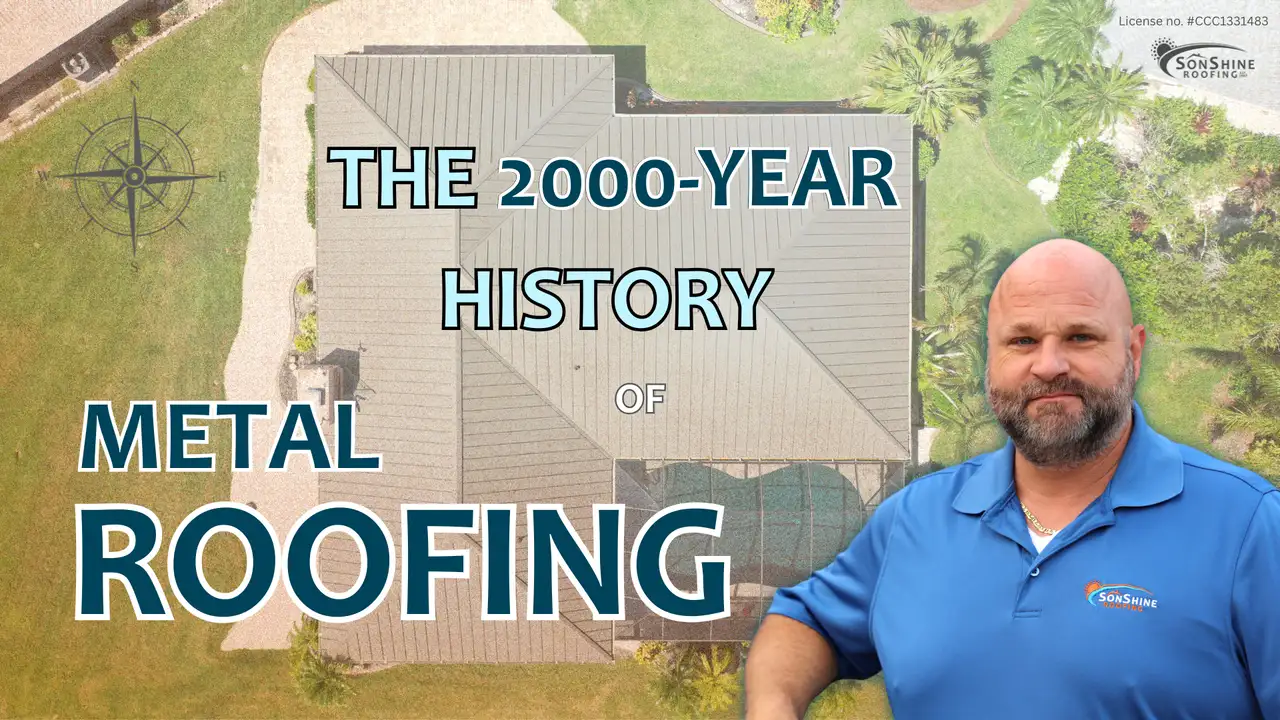What Should I Do if My Roof is Damaged After a Storm?
Living in Sarasota, Florida, offers plenty of sunshine, but it also means being ready for the occasional severe storm. These storms can cause significant damage to your roof, putting your home and belongings at risk so what should you do if your roof is damaged after a storm? Knowing what to do right after a storm can help minimize damage and get your roof repaired quickly. Here’s a simple guide to follow if your roof is damaged after a storm.
1. Prioritize Safety
Before checking your roof, make sure it’s safe. Storms can create hazards like downed power lines, debris, and structural damage. Avoid climbing onto your roof—it may be slippery or unstable. Instead, do a visual inspection from the ground or use binoculars to spot visible damage, such as missing shingles, dents, or fallen tree limbs.
2. Document the Damage
Take photos and videos of any damage to your roof and property. This documentation is crucial when filing an insurance claim. Be sure to capture close-up shots of damaged areas and wider shots that show the overall impact of the storm. Note the date, time, and extent of the damage.
3. Contact Your Insurance Company
Notify your insurance company as soon as possible. Share the documentation you’ve gathered and provide any additional information they request. An adjuster will be sent to assess the damage and determine what your policy covers. Knowing your policy details can help speed up the claims process. You can learn more about dealing with insurance claims in our blog post on navigating storm damage claims.
4. Call a Professional Roofing Company
Reach out to a reputable roofing company in Sarasota, like Sonshine Roofing, for a damage assessment and repair estimate. Professional roofers can identify both visible and hidden damage that could affect your roof’s integrity. They can also provide temporary fixes to prevent further damage until permanent repairs are made.
5. Prevent Further Damage
While waiting for professional help, take steps to prevent additional damage to your home. Cover any exposed areas with tarps or plastic sheeting to keep out rain and debris. Secure loose shingles or tiles if you can do so safely, but avoid climbing onto your roof.
6. Get a Thorough Inspection
A comprehensive inspection by a professional roofing company is key to understanding the full extent of the damage. Companies like Sonshine Roofing will check for leaks, weakened structures, and damaged flashing. They’ll provide a detailed report and suggest whether repair or replacement is the best option.
7. Obtain Multiple Estimates
It’s wise to get multiple estimates from different roofing companies to compare prices and services. Ensure that each estimate includes a detailed description of the work, materials to be used, and the timeline for completion. This will help you make an informed decision and choose the company that best fits your needs.
8. Schedule Repairs Quickly
Once you’ve chosen a roofing company, schedule the repairs as soon as possible. Prompt repairs will prevent further damage and restore your home’s safety. Sonshine Roofing offers reliable and efficient service to get your roof back in shape quickly.
9. Keep Records of Repairs
Keep detailed records of all repairs, including invoices, contracts, and communications with the roofing company. These records are useful for future reference and can be valuable if you sell your home or need to file future insurance claims. For more on maintaining your roof, check out our guide to roof care.
10. Prepare for Future Storms
Finally, prepare for future storms. Regular maintenance and inspections by a professional roofing company can help spot potential issues before they become major problems. Make sure your home insurance policy is up-to-date and offers adequate coverage for storm damage. Read our blog on storm-proofing your home for additional tips.
Conclusion
Dealing with roof damage after a storm can be stressful, but following these steps can make the process smoother. By ensuring safety, documenting damage, contacting your insurance company, and working with a trusted roofing company like SonShine Roofing, you can protect your home and restore your roof quickly. Being proactive and prepared will help you navigate the challenges of storm damage and keep your home safe in the future.













